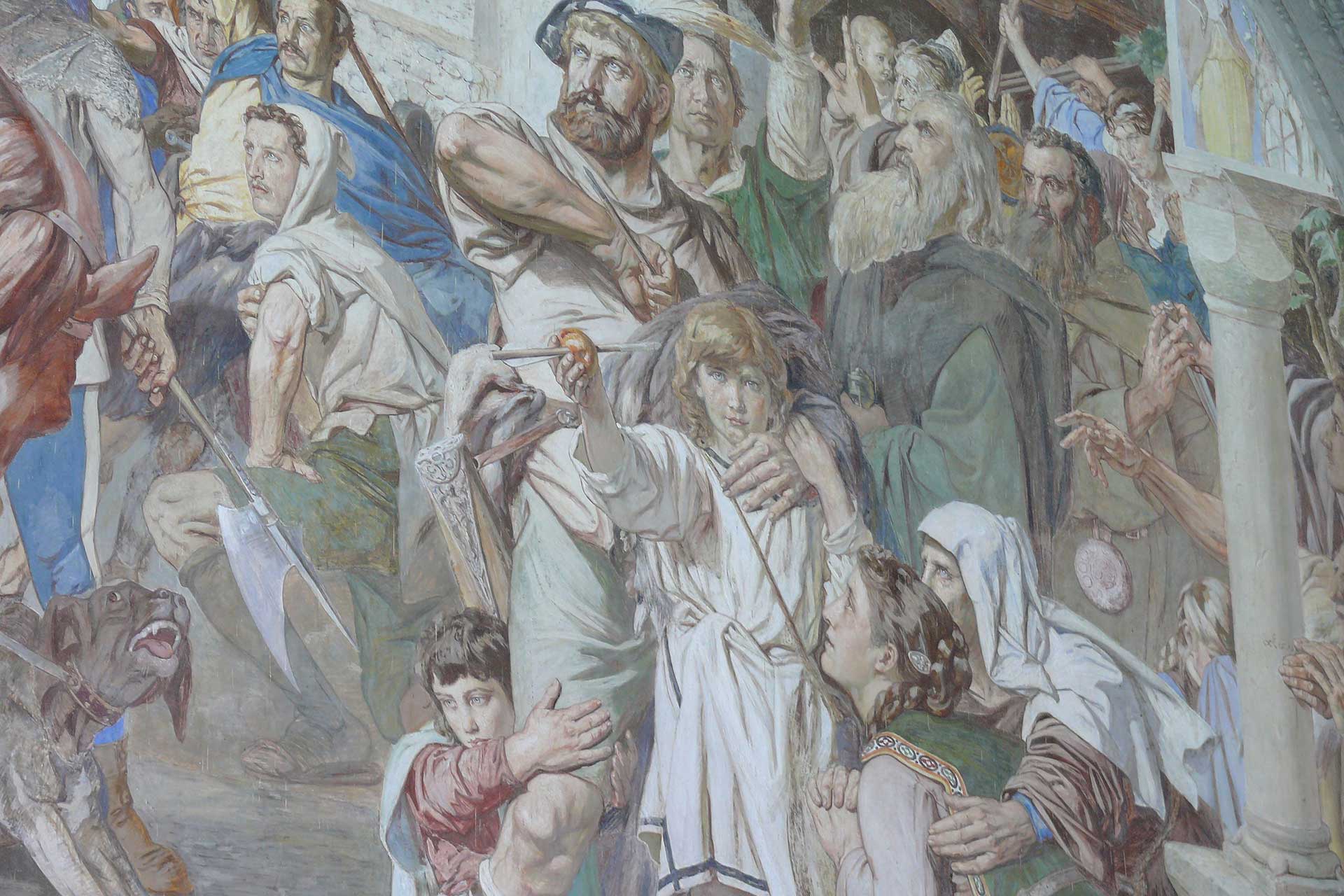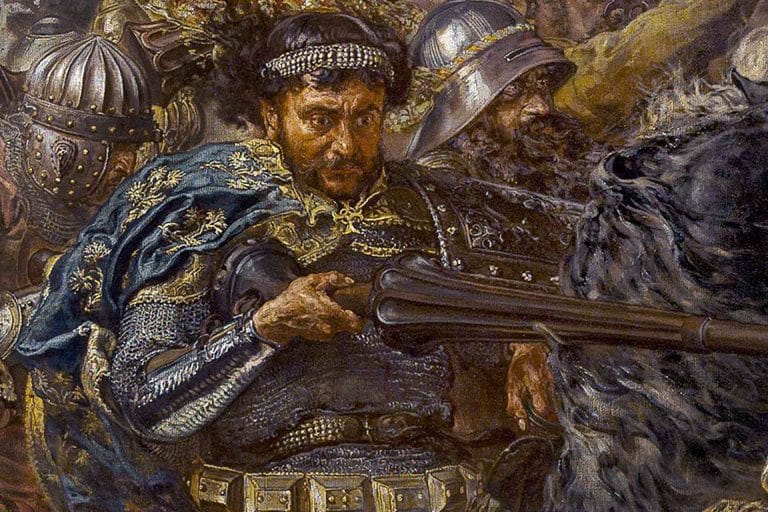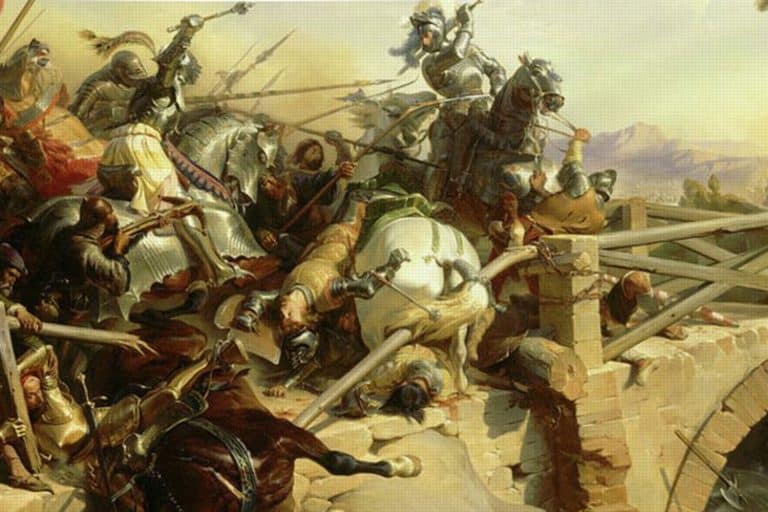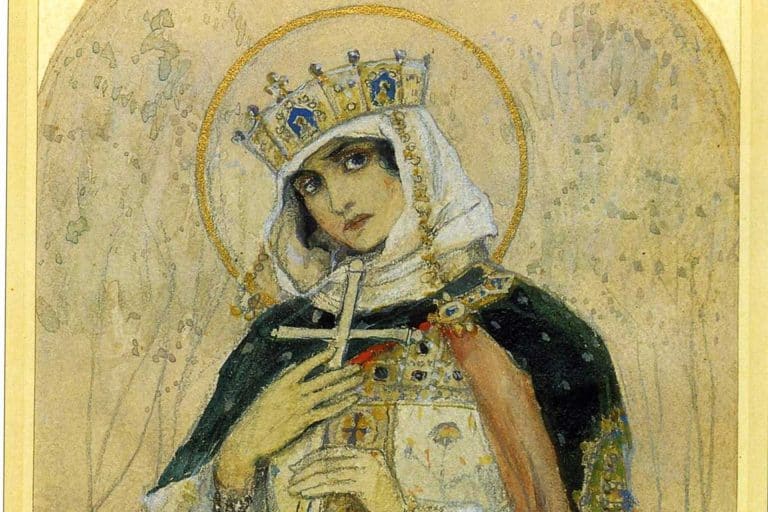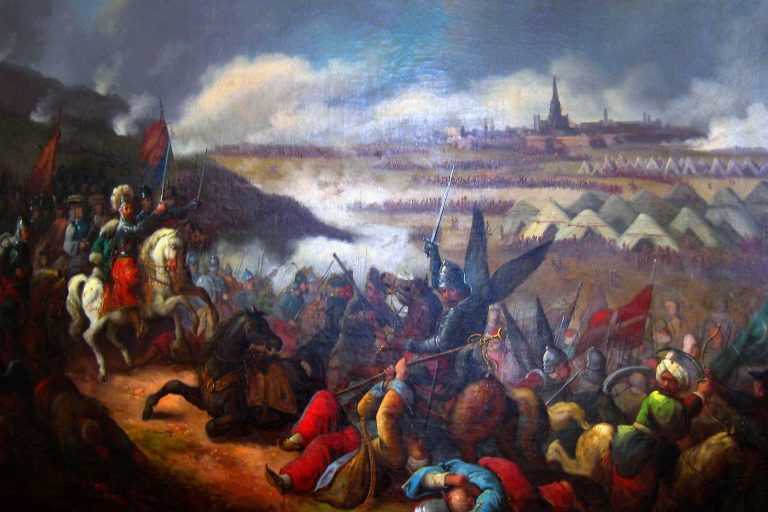The Apple Shot: Unraveling the Legend of William Tell
The legend of William Tell, set against the majestic backdrop of the Swiss Alps, has echoed through the corridors of time, captivating imaginations for centuries. Central to this enduring tale is the fabled apple shot, a feat of remarkable marksmanship intertwined with themes of bravery, defiance, and love. As stories are passed down from one generation to the next, they often take on layers, embellished with added details or adapted to fit the spirit of the age.
But the core of the William Tell narrative has remained consistent, emphasizing the courage of an individual standing up against oppression. In “The Apple Shot,” we aim to journey through the tapestry of history and myth, striving to separate fact from fiction, and uncover the true essence of the man behind the legend.
The Early Life of William Tell
The legend of William Tell’s early life, like many facets of his epic tale, is shrouded in a mix of myth and conjecture. Historians and scholars have often grappled with the task of distinguishing fact from folklore. What is broadly accepted is that Tell hailed from the picturesque canton of Uri in the heart of Switzerland during the late 13th and early 14th centuries, a time when the region was under the dominion of the Holy Roman Empire. Depicted often as a mountain man accustomed to the rugged terrains of the Alps, Tell was reputedly skilled in various alpine activities, with archery being his most celebrated talent.
His upbringing in the Alpine region likely shaped the man he would become. Stories suggest that from a young age, he was inculcated with a deep sense of pride for his homeland and its inherent values of freedom and autonomy. This fierce love for his land, coupled with his unparalleled skill with the crossbow, would later set the stage for his resistance against external oppressors, particularly the Habsburgs, who sought to exert their control over the Swiss territories. A
s the legend of William Tell took form, these early years served as a foundational backdrop, highlighting the making of a hero, born from the very spirit of the mountains he called home.

The Legend of William Tell is Born
Switzerland’s picturesque valleys and imposing mountains are not only a testament to nature’s grandeur but have also been the cradle of some of Europe’s most enduring legends. Among these, the tale of William Tell stands paramount, epitomizing the spirit of resistance and the unyielding pursuit of freedom.
The story unfolds in the early 14th century, set against the backdrop of the Swiss struggle against the Austrian Habsburgs’ dominance. Hermann Gessler, the newly appointed Austrian bailiff of Altdorf, erected a pole in the village’s central square, placing his hat atop it. He then decreed that all local townsfolk must bow to the hat in a show of subservience to his authority and, by extension, the Habsburg reign. William Tell, a native of Uri and an adept crossbowman, either through defiance or neglect, did not honor Gessler’s edict.
Outraged by this blatant act of insubordination, Gessler sought to make an example out of Tell. Drawing on Tell’s reputation as a marksman, the bailiff devised a cruel test. Tell was to shoot an apple off the head of his own son, Walter. If he refused or failed, both he and his son would meet a grim fate. With a heavy heart, Tell took aim, hoping to rely on his unmatched skills to spare his son’s life.

William Tell shooting an apple from his son’s head while Gessler looks on – Frank Feller 1848-1908, Public domain, via Wikimedia Commons
In a heart-stopping moment, Tell let the arrow fly. It struck true, splitting the apple without causing any harm to young Walter. But Gessler noticed something amiss. Tell had drawn a second arrow and kept it close. Suspicious, Gessler inquired about its purpose. Tell, in a moment of candid audacity, replied that had the first arrow struck his son, the second would have been meant for Gessler himself.
Alarmed by the revelation, Gessler, instead of rewarding William Tell for accomplishing the task, ordered his arrest, planning to imprison him in the dungeons of Küssnacht. However, destiny had other designs. During the journey across Lake Lucerne, a fierce storm put the boat at risk. In desperation, Gessler released Tell to help steer them to safety, having heard of his prowess as a sailor. No sooner had they reached the shore than William Tell escaped Gessler’s clutches, later ambushing and killing the tyrant with that very second arrow.
William Tell’s act of defiance became a rallying point for the Swiss in their quest for autonomy. His story, passed down through generations, remains a symbol of the indomitable spirit of freedom and the lengths a man would go to protect his kin and honor. Today, as one meanders through the streets of Altdorf, a statue of Tell, crossbow in hand and young Walter by his side, stands as a poignant reminder of the legend and its enduring legacy.
The Aftermath of William Tells Defiance
The aftermath of Gessler’s assassination by William Tell’s arrow bore significant consequences for the Swiss lands and its people. While the immediate act of defiance was a symbol of individual resistance, it became the spark that ignited the collective spirit of rebellion against the Habsburg overlords.
William Tell’s feat rapidly spread like wildfire throughout the cantons of Switzerland. His actions were not seen merely as personal vengeance but were emblematic of the broader Swiss discontent against foreign rulers and their unjust mandates. The tales of his precision with the crossbow and his audacious escape from Gessler’s clutches on Lake Lucerne inspired many. In the wake of these events, Tell became a beacon for the nascent Swiss resistance movement. United by a shared vision of autonomy and a desire to shake off the yoke of the Habsburgs, several Swiss cantons began to forge secret pacts and alliances.
The assassination also brought about increased scrutiny and punitive measures from the Austrian authorities, further alienating the local populace. The Swiss, however, buoyed by the growing legend of Tell, began mobilizing in earnest. Within a few years of Gessler’s death, the Swiss Confederacy, a union of cantons, rallied together in opposition to the Habsburg’s encroaching influence. This alliance would culminate in the Battle of Morgarten in 1315, a pivotal clash where the Swiss, despite being vastly outnumbered, managed to deliver a crushing defeat to the Austrians.
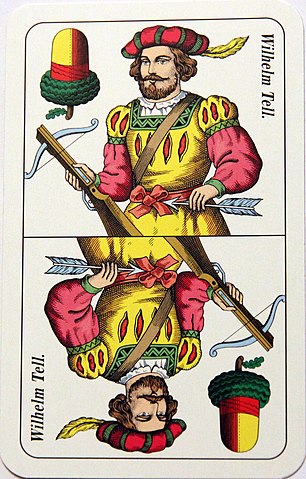
Tell’s influence persisted even beyond these foundational events. While there’s no concrete historical evidence detailing his life after Gessler’s assassination, legend has it that he played a role in rallying the Swiss troops and advising on strategies. Whether or not he took an active part in subsequent battles or in the political establishment of the Swiss Confederacy remains a topic of debate. What’s undeniable, however, is the everlasting impact of his legend. William Tell, the humble archer from Uri, transitioned from a man of myth to an embodiment of a nation’s spirit, forever intertwined with Switzerland’s quest for independence and identity.
There are no definitive historical records that detail the exact circumstances of William Tell’s death. The legend, however, proffers several versions. One version tells of Tell’s continued involvement in the Swiss battles for independence, where he met his end fighting valiantly against the enemies of the Confederacy. Another more poetic rendition suggests that the hero, having accomplished his mission of igniting the flames of rebellion, retired to a life of quietude, passing away surrounded by loved ones in the Alpine landscapes he held dear.
Yet another version paints a tragic picture, hinting at Tell’s death in a minor skirmish, a reminder of the persistent volatility of those times. While the exact details of his demise remain elusive, William Tell’s legacy is unequivocal. Long after his passing, he endures not merely as a hero from a bygone era but as an enduring symbol of resistance, hope, and the unyielding spirit of a nation.
Was the Legend of William Tell Just That…. A Legend?
The legend of William Tell, with its gripping tales of heroism and resistance, has become deeply embedded in the cultural fabric of Switzerland and beyond. But, a question that has long intrigued historians and scholars alike is whether William Tell was a flesh-and-blood figure or merely a mythological creation. “The Apple Shot” and the subsequent assassination of Gessler are compelling narratives, but how much of it is grounded in historical truth?
The earliest written record of the William Tell saga can be traced back to the late 15th century, in the “White Book of Sarnen,” a collection of Swiss historical accounts. This was some two centuries after the events of the legend were said to have occurred. Given this gap, the veracity of the “White Book” as a historical document is subject to debate. The narrative found its way into popular culture largely due to the works of chroniclers like Aegidius Tschudi in the 16th century, who provided a more detailed account of the legend of William Tell, though again, his writings came much later than the purported events.
Comparative folklore also offers intriguing insights. The motif of an expert marksman forced to shoot an apple (or a similar object) off a child’s head appears in the traditions of various cultures, ranging from Norse sagas to Persian tales. This has led some scholars to believe that the legend of William Tell might be an adaptation of a much older and widespread legend, tailored to fit the socio-political context of Switzerland during the Habsburg era.
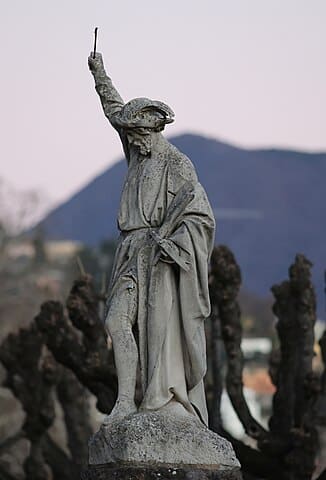
However, on the side of historical authenticity, there are mentions of the Swiss rebellions against the Habsburgs in various chronicles from the 14th century onwards. While these don’t specifically name Tell, they do allude to uprisings and acts of defiance that align with the broader narrative in which Tell’s legend is situated.
In conclusion, while William Tell’s existence as a real historical figure remains a point of contention, the potency of his legend is undeniable. Whether he was a real man who roamed the valleys of Uri or a symbolic figure conjured to rally a nation, William Tell’s story has transcended its origins. However, it is widely accepted amongst modern historians William Tell’s tales are not based upon any true historical facts or person.

